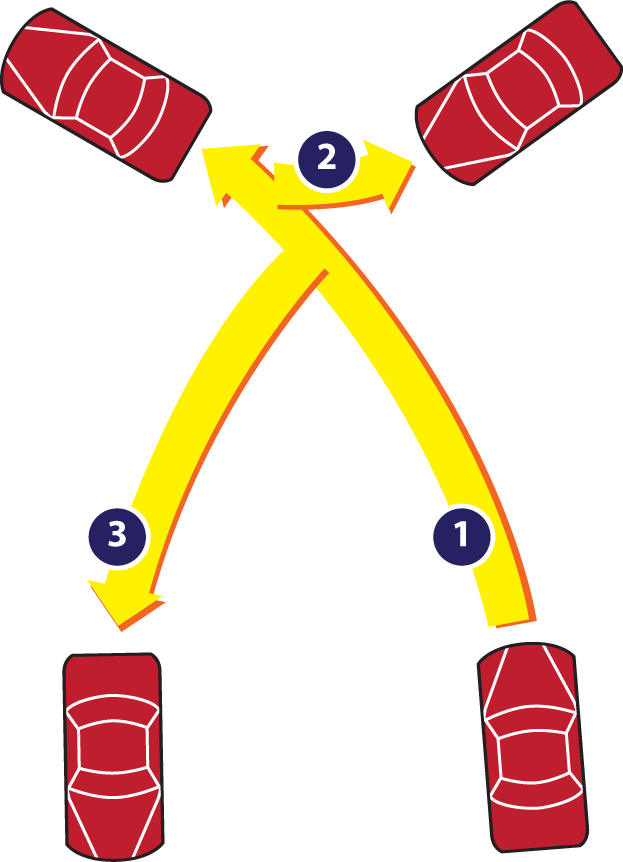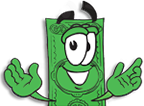Florida Driver Handbook: Turnabout (Three-Point Turn)
Order now5. Driving Safety
- 5.1. Distracted Drivers
- 5.2. Getting Ready to Drive
- 5.3. Defensive Driving
- 5.4. Driving Safety for Mature Drivers - Tips to Help You Drive Safer .... Longer
- 5.5. When You Back Up
- 5.6. Avoiding Rear-end Collisions
- 5.7. Emotions
- 5.8. Basic Driver Improvement
- 5.9. Safety Belts
- 5.10. Protecting Children
- 5.11. Speed Limits
- 5.12. Following Officer's and Fireman's Instructions
- 5.13. Crossing Intersections
- 5.14. Right-of-Way
- 5.15. Stop Signs
- 5.16. Open Intersections
- 5.17. Roundabouts
- 5.18. Driveways
- 5.19. Emergency Vehicles
- 5.20. Making Turns
- 5.21. Turnabout (Three-Point Turn)
- 5.22. Turn Signals and Emergency Signals
- 5.23. Traffic Lanes
- 5.24. Blind Spots
- 5.25. Passing
- 5.26. Minimum Safe Following Distances
- 5.27. Parking
- 5.28. Expressway Driving
- 5.29. Night Driving
- 5.30. Animals
- 5.31. Reduced Visibility
- 5.32. Handling Emergencies
- 5.33. First Aid
Sometimes you will need to turn your car around in a very small space. Use a threepoint turn only if the road is too narrow for a U-turn and you can't go around the block. To make a three-point turn:
- Move as far right as possible, check traffic, and signal a left turn.
- Turn the steering wheel sharply to the left and move forward slowly. Stop at the curb, or edge of roadway.
- Shift to reverse, turn your wheels sharply to the right, check traffic, and back your vehicle to the right curb, or edge of roadway.

You can now move in the opposite direction. Check the traffic and move forward. Never make a three-point turn or a U-turn on a curve, a hill or when a sign indicates that making a U-turn is prohibited.
Check out our Customer Reviews!


